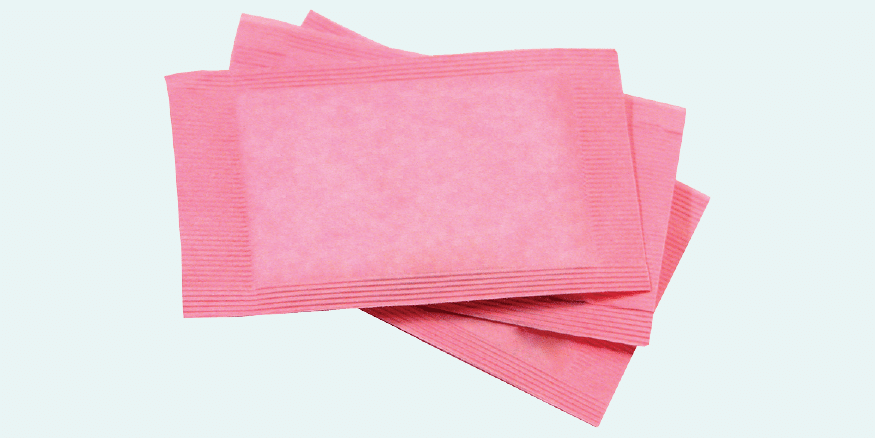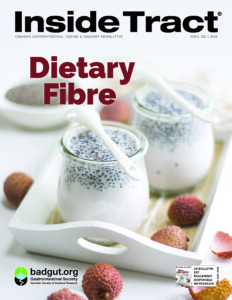
Artificial Sweeteners Could Harm Gut Microbiota
Previously, we have mentioned the possibility that sucralose disrupts the gut mucosa, which could be a factor in the development of Crohn’s disease in susceptible individuals. Now, artificial sweeteners are once again under fire. This time, researchers believe that artificial sweeteners could be altering our gut microbiota, resulting in glucose intolerance in individuals who consume these products.
People have been consuming artificial sweeteners for more than a century in order to add a sweet taste to foods and beverages without adding the negative effects of sugar and other high-calorie sweeteners. Artificial sweeteners tend to be cheap, contain very few calories, are thought to be better for blood sugar levels and, theoretically, generally healthier than caloric sweeteners; therefore, they are extremely common food additives worldwide.
In this study, a few weeks after researchers fed healthy mice water, or water containing sugar (either glucose or sucrose), or water containing an artificial sweetener, they observed some interesting results.1 Mice consuming artificial sweeteners developed glucose intolerance, but mice consuming sugar or plain water did not develop glucose intolerance. This is especially interesting since the researchers used three different types of artificial sweeteners: saccharin, sucralose, and aspartame, and each of these products led to marked glucose intolerance, with saccharin exerting the most pronounced effect.
What is Glucose Intolerance?
Glucose intolerance occurs when the body becomes resistant to insulin. Since insulin is the hormone that signals to your cells that they should absorb the sugar (glucose) in your blood, insulin resistance causes this glucose to remain circulating in your bloodstream instead of nourishing cells. This can eventually lead to type 2 diabetes.
So, what does this have to do with the gut microbiota? Scientists continue to unravel more information regarding the powerful interactions between the foods we eat and our gut microbiota. We know that significant changes can take place when we change the gut environment, such as when we consume specific probiotics, antibiotics, and even prebiotics, which are foods that encourage the growth of specific bacteria.
The GI tract does not process artificial sweeteners in the same way that it breaks down and digests sugar and other natural foods. This means that artificial sweeteners remain intact as they travel through the upper digestive tract, and then when they encounter bacteria in the colon, they exert an effect. The colonic microbiota is a complex milieu that plays a central role in regulating multiple physiological processes.2 The researchers found that the artificial sweeteners caused an increase of bacteria in the Bacteroides genus, and a decrease of the Clostridiales genus, which they believe induced the glucose intolerance. They found this effect across all types of artificial sweeteners, whether the mice were lean or obese, whether they ate a standard diet or one high in fat, and was strongest in the saccharin-fed mice.
To confirm the hypothesis that changes to the gut microbiota were responsible for the resulting glucose intolerance the researchers gave the mice antibiotics. This led to the return of similar levels of glucose tolerance across all groups of mice, whether they had been consuming artificial sweeteners, sugar, or water. In addition, they found that if they performed fecal transplants from mice consuming artificial sweeteners to mice consuming sugar, they essentially transferred glucose intolerance to the sugar-fed mice. Since modifying gut bacteria turned on or off glucose tolerance, they concluded that this is likely how these sweeteners have their effect.
This study does raise some interesting questions about the safety of artificial sweeteners and it adds to the mounting evidence that they can be problematic for our GI tracts. This topic requires further investigation, specifically with human-based studies.
A Virus That Infects Bacteria
There is still much to learn about the microorganisms that reside in the human gut. Scientists recently discovered a virus called CrAssphage, which infects bacteria (Bacteroidetes, specifically) living in the intestinal tract of around half the human population. Since this virus is in all groups of people, they speculate that it must be ancient. CrAssphage is not found in newborns, so is likely acquired through environmental exposure.3















